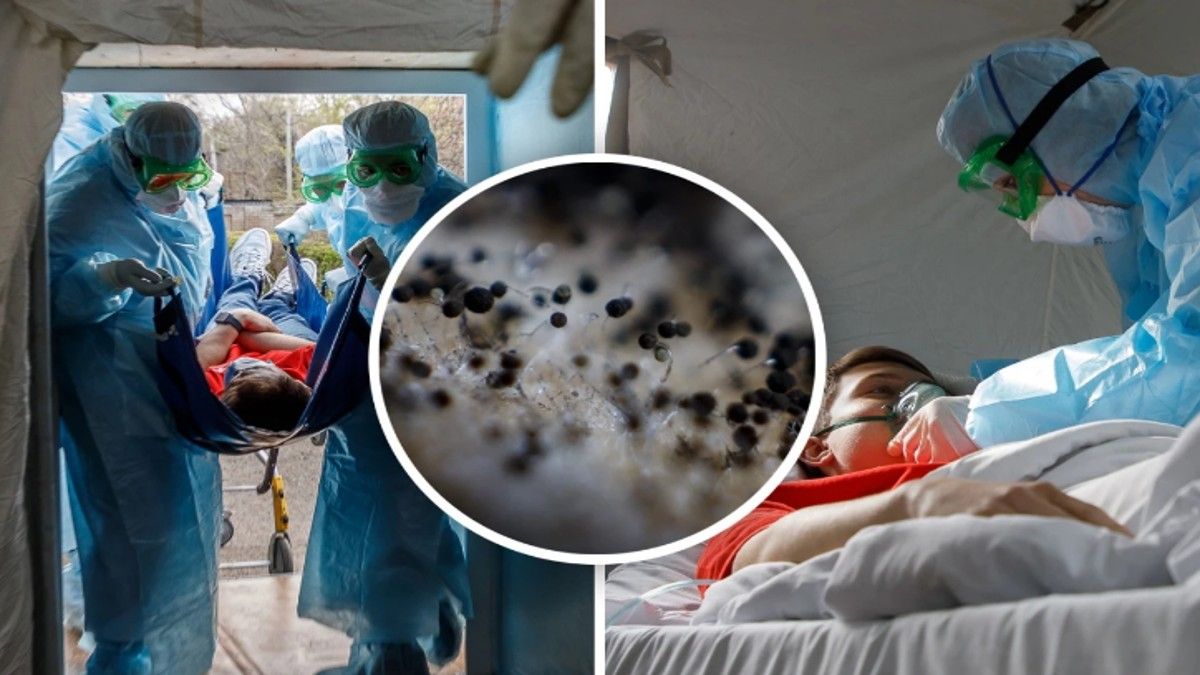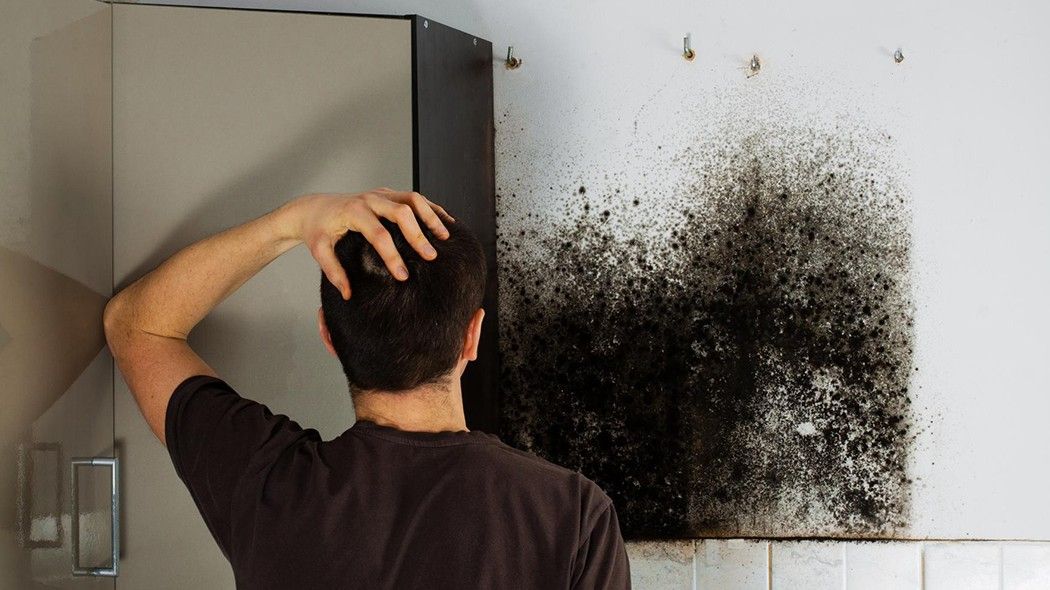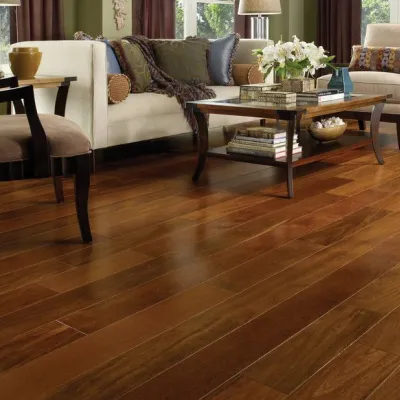If dampness and moisture are present in your home for various reasons (we'll point them out below) - then you will soon have to deal with the most unwanted and dangerous, and often invisible, enemy: mold. Mold causes allergies and breathing problems, and the toxins it produces deplete the immune system, making people, especially children, vulnerable to many diseases. If you find mold, you need to remove it as soon as possible. Whether you do the work yourself or hire a company, you should get rid of mold and take steps to prevent it from reappearing.
Mold is a microorganism that feeds on various substances, especially dust and dirt. It can grow anywhere and on anything, such as dirty glass or walls, drywall, wood, fabric, or plastic.
Mold only grows in humid environments and is usually found in rooms such as the basement, kitchen, and bathroom, even though the air in the rest of the living space is generally dry.
Mold fungus is not always easy to recognize. It often looks like a superficial stain that changes the overall color of the surface. Most often, the infected object has a smell reminiscent of earthy or faintly diluted alcohol.
To determine the area of mold infestation, you can moisten the suspicious stain with chlorine bleach. (Care should be taken when using bleach.) If the color changes color or disappears altogether, the color is organic and is mold.





How to fight mold?
Always wear a disposable face mask even when cleaning small areas of mold. I recommend a full-fledged respirator with a replaceable disposable filter, which can be purchased at a chemical defense supply store, for treating and scrubbing large areas of mold.
Absolutely forbidden!
Mix ammonia-based detergent with chlorine bleach, as this mixture greatly increases the release of dangerous chlorine gas.
Even if using only chlorine bleach - open exterior doors and windows to fully ventilate with outside air. If necessary, use a fan to increase airflow.
Chlorine-based bleach is the highest quality mold killer. But understand that bleach is a strong chemical and must be handled very carefully!
Don't be lazy to wear protective gloves and a proper face mask.
If you suspect a new stain, soak the identified area with bleach for 2 hours, and after removing the mold stain, thoroughly rinse the surface with the recommended cleaner and rinse thoroughly with clean water, and after the procedures are done, quickly dry the treated area.
Recommended formulation of the mold remover: mix 1 part chlorine bleach + 4 parts water and a few drops of dishwashing detergent to remove grease and dirt from the area to be treated.
Methods to combat mold?
If you find one mold stain, thoroughly inspect the entire house for other infested areas. Treat all mold you see with the recommended bleach, and then do a "general cleaning" of all rooms and dry everything you can, no matter what time of year it is.
Items that cannot be dried for several days should be thrown away. This recommendation may seem super radical, but this approach often turns out to be the least expensive and less time-consuming way to get rid of a dangerous infection for our body.
It is essential to throw away all moldy items you encounter daily, especially mattresses, pillows, bedding, furniture upholstery, or children's plush toys. Whenever you use it all or clean a moldy mattress or upholstered furniture, mold will re-enter the air as suspended particles.
Wash infested laundry using a solution of laundry detergent and one scoop of chlorine bleach per load, and then rinse thoroughly. If the infestation is severe, the washing should be repeated. An item that cannot be bleached can be cleaned with baking soda or borax.
Carpets, which often decorate the home, can be affected by mold much more than other furnishings and should be thrown away unless they are rare or expensive. Then take them to a dry cleaner as soon as possible, because the cost of cleaning and treating the carpet is now irrelevant. Alternatively, you can try to deal with mold on the carpet yourself:
- Vacuum thoroughly, preferably outdoors (not all filters will keep mold out, and it will get back on the objects.
- Sprinkle baking soda on the carpet, fold it up and leave it for 3-5 days.
- Vacuum the carpet thoroughly and make a visual inspection for odor.
- Try steaming and drying if possible.
It is strictly forbidden to wet an infected carpet!
Upholstered furniture that is badly moldy should also be thrown away. If it is valuable, disinfect the bare frame and reupholster it. Sprinkle with baking soda and leave it for 3 or 4 days, then vacuum again and air it out in the sun.
All house surfaces that are not covered with mold - walls, ceilings, and floors - can be cleaned with the recommended cleaning bleach, rinsed thoroughly and quickly, and dried. Don't forget the vents!
All electrical equipment, such as fans, can be vacuumed, wiped down with a damp cloth, rinsed, and dried.
After turning off the breaker or removing the fuses, vacuum light fixtures, electrical wiring boxes, and electrical appliances, ensure that the electrical devices to be handled are switched off!
Moldy books and other paper products tend to be heavily mold-infested, but if it's all valuable to you, then sprinkle each page with baking soda, wrap it in a plastic bag, and put it in the sun for a few hours. If the books don't smell moldy, then vacuum them and dry them in the sun.
Don't give mold a chance!
The best way to prevent mold is to keep your home clean and dry, with a recommended relative humidity of 30% to 50%. Ventilate your entire living space frequently.
Find and eliminate obvious sources of moisture, such as dripping faucets, leaking pipes, and icy surfaces where moisture condenses.
Regularly wash and dry all surfaces that often accumulate moisture with a baking soda solution alternating with a vinegar solution.



